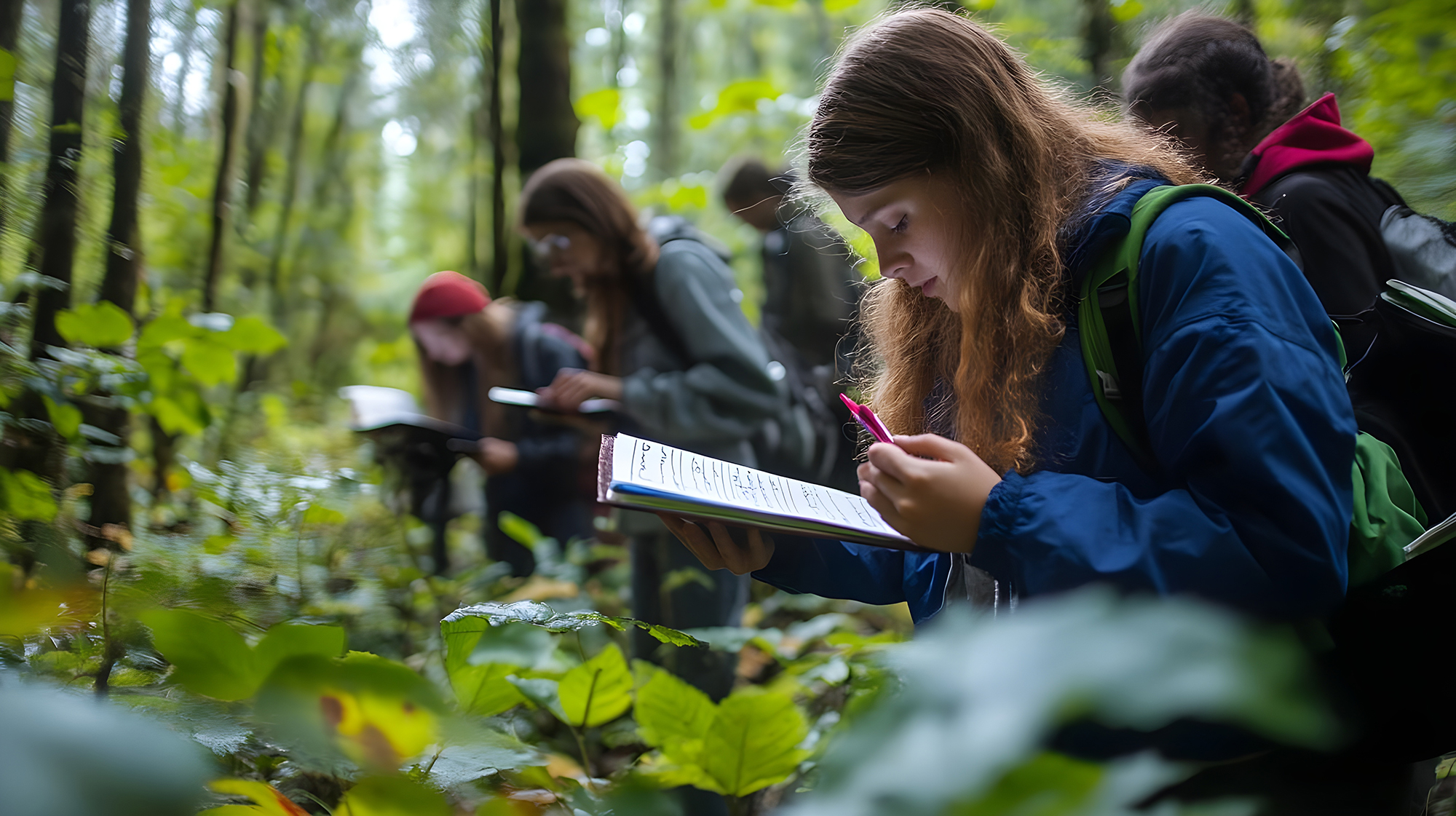Classification: How We Make Sense of a Wild and Wonderful World

Scientific classification is the tool humans have used for centuries to bring order to the chaos of the natural world.
The Dive
The natural world is bursting with diversity—millions of species, from microscopic bacteria to towering redwoods—and without some kind of order, it would be chaos. Classification is the process scientists use to organize living and non-living things into groups based on shared characteristics, so we can better understand, study, and talk about them. Think of it as the filing system of science.
The idea of classification goes way back—to ancient philosophers like Plato and Aristotle, who tried to sort living things based on their visible traits and behaviors.
Swedish botanist Carl Linnaeus revolutionized classification in the 1700s by creating a standardized system to name organisms using two parts: genus and species. His system is still used today (you’ve probably seen names like Homo sapiens or Canis lupus).
Over time, classification systems evolved. Scientists started using microscopes, chemical tests, and eventually DNA to understand deeper relationships between organisms. What once looked like a single category—like 'plants'—became multiple kingdoms.
Today, living things are usually divided into five kingdoms: animals, plants, fungi, protists, and monera (bacteria). But scientists are constantly debating and updating this list as they learn more.
Why classify? Because the natural world is overwhelming without structure. Classification helps reduce complexity by grouping similar things together so we can study and work with them more easily.
Plants, for example, are classified using traits like leaf shape, arrangement on the stem, venation (vein structure), and whether they shed their leaves (deciduous) or not (evergreen). These categories help scientists understand evolution, adaptations, and how plants survive in different environments.
Classification doesn’t just organize knowledge—it sparks new discoveries. When criteria change or tools improve, entire categories can shift. For example, once scientists studied microorganisms, they realized the two-kingdom system (plants vs. animals) wasn’t enough.
The act of classification also shows up in technology and philosophy. Object-oriented programming languages use hierarchies that mirror scientific classification: classes, sub-classes, and inheritance. Even AI models today sort information the way naturalists once sorted leaves.
But classification isn’t perfect. Philosophers like Foucault questioned how power and culture shape the categories we create. Who decides what fits in a group? What happens when something doesn’t quite belong?
Still, classification remains one of the most powerful tools in science. It teaches us that knowledge is structured, but also flexible—that there’s always more to see, name, and understand.
Why It Matters
Classification isn’t just a way to tidy up nature—it’s a way to understand it. When we group living things based on shared traits, we reveal the relationships that connect them, the stories they tell about evolution, and the tools we need to protect biodiversity. From forests to filing systems, the way we classify shapes how we think, what we discover, and how we relate to the living world. Every category holds a clue—and sometimes, a challenge—to the way we see reality.
?
Why might different scientists use different classification systems?
How has DNA changed the way we classify living things?
What are some problems with creating fixed categories in science?
How does plant classification help with conservation and agriculture?
Can you come up with your own system to classify the leaves in your neighborhood?
Dig Deeper
Explore how 18th-century botanist, physician, and zoologist Carl Linnaeus revolutionized science with his Systema Naturae. In this fascinating video, Dr. Isabelle Charmantier, Deputy Collections Manager and Librarian, explains how Linnaeus’ system for classifying plants, animals, and artifacts created a framework still used in modern biology and natural history.
Before computers, how did scientists like Carl Linnaeus organize their knowledge of the natural world? Learn about Linnaeus’ Herbarium Cabinet, a pioneering method for preserving and categorizing plant specimens. Introduced by forensic botanist Dr. Mark Spencer, this video explores how Linnaeus' work in the 1700s laid the groundwork for modern botany and taxonomy.
In terms of biological classification, organisms are grouped with others they are most closely related to.
There are around half a million known plant species. This video explores how scientists classify and study their diversity.
Explore the five kingdoms of life, and how animals are classified into categories based on shared traits.
This map of plants summarises all of the different kinds of plants from algae all the way through bryophytes, ferns, gymnosperms, angiosperms, monocots, eudicots, rosids and asterids. This video explains how they are related to each other due to their evolutionary history, and the features that make plants so successful, leaves, roots, a vascular system, spores, seeds, flowers and fruits.
Related

Scientific Observation: Where All Good Questions Begin
Before the hypothesis, before the experiment, there’s one essential step: observing the world around you. Scientific observation is where wonder becomes investigation.

The Scientific Method
What do curiosity, logic, and a good notebook have in common? They're the foundation of the scientific method—a system that turns wonder into wisdom.

Observation & Sorting
Observation and sorting aren’t just school skills—they’re life tools that help us think clearly, solve problems, and make better choices every day.
Further Reading
Stay curious!
